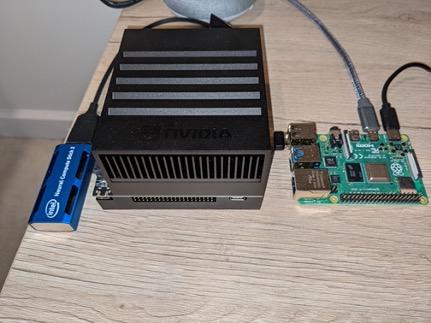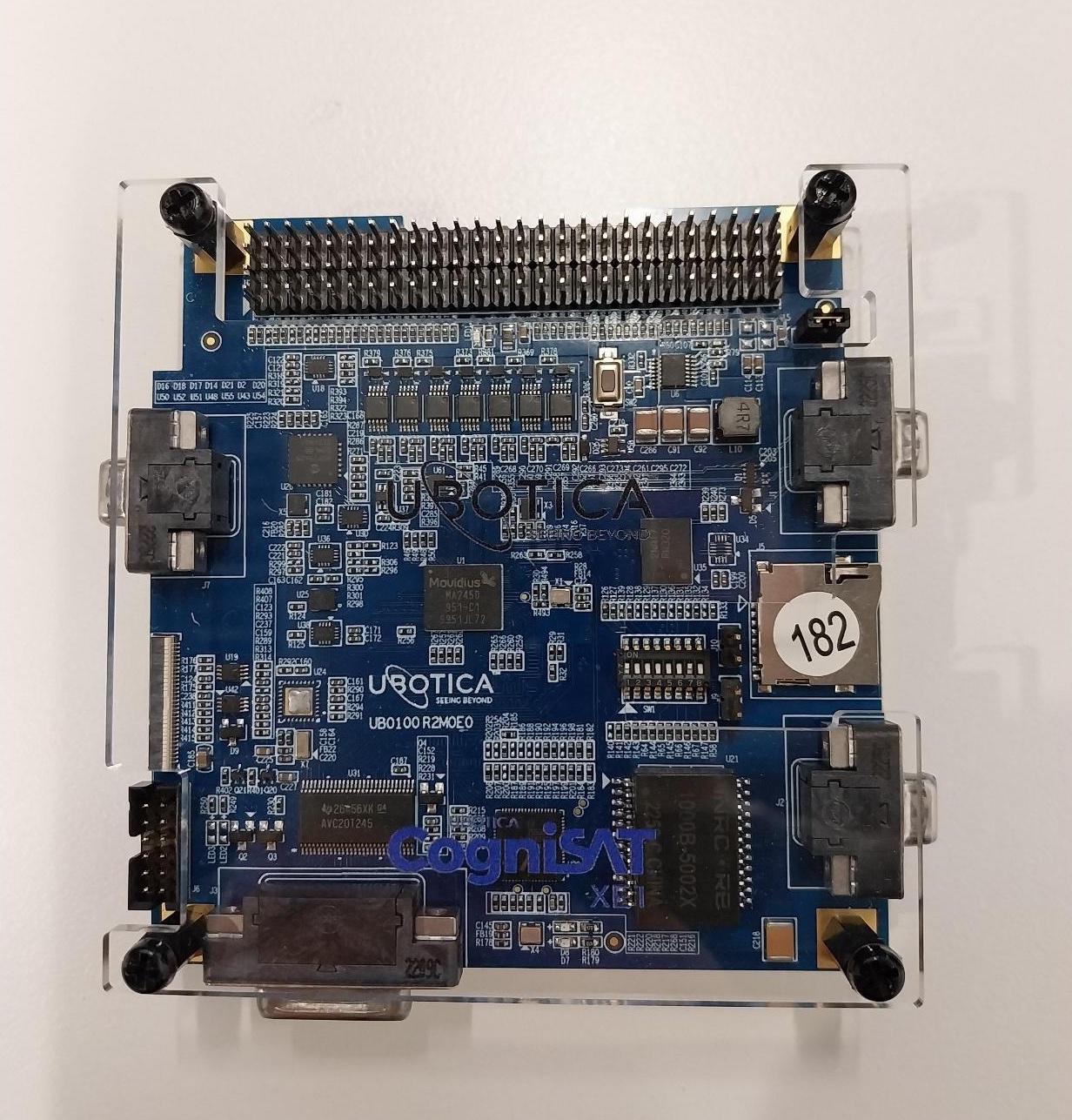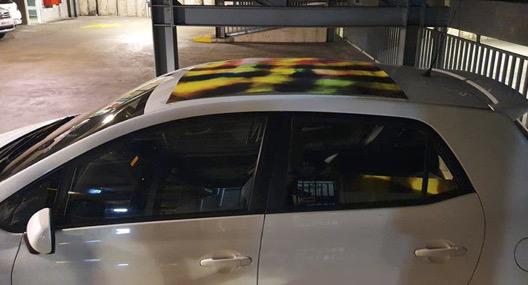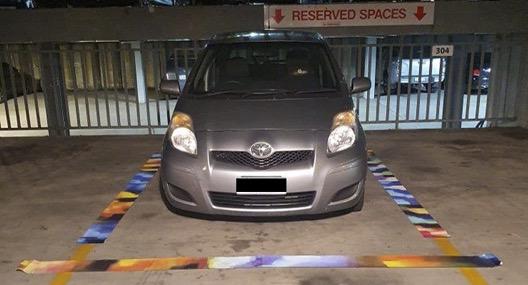Machine Learning for Space
Our activities in machine learning for space can be divided into two main categories:
- Onboard processing for space-borne machine learning; and
- Adversarial resilience in machine learning for space.
Space-Borne Machine Learning
SmartSat CRC is fostering the concept of AI-enabled satellite swarms, where the long term goal is to develop a network of satellites that work cooperatively towards achieving a common mission, such as disaster prevention and mitigation, space debris monitoring, and large-scale environmental monitoring. Relative to existing space utilisation paradigms that employ a single complex monolithic satellite for each mission, cooperative satellite swarms improve the agility, resilience and breadth of the mission.

AI-enabled satellite swarms require robust inter-satellite communication and a high degree of intelligence on the satellites. The SSL group is actively contributing to the latter research thrust, through partnerships with the space and defence industry and funding from SmartSat CRC.


Specific research activities include efficient machine learning on satellite-borne compute payloads (e.g., model pruning and distillation) and alleviating the constraints of running machine learning models long term on a space-based platform (e.g., efficient model updating, active learning).
Relevant Publications
- Bo Chen, Ali Bakhshi, Gustavo Batista, Brian Ng, and Tat-Jun Chin. Update compression for deep neural networks on the edge. In CVPR Workshop (CVPRW) on Mobile AI Workshop and Challenges (MAI), 2022.
Adversarial Resilience in Machine Learning for Space
Deep neural networks (DNNs) have become essential in processing (both onboard and downstream) the vast quantities of data acquired by Earth-observing (EO) satellites. However, the vulnerability of DNNs towards adversarial examples, i.e., carefully crafted inputs aimed at fooling the models into making incorrect predictions, is well documented. The danger posed by adversarial attacks against machine learning algorithms for space applications is therefore of significant concern.
At SSL, we are researching DNN-based machine learning algorithms that are robust against adversarial attacks. First, to illustrate the risk of adversarial attacks, we have demonstrated effective physical adversarial attacks against DNNs for aerial imagery, whereby adversarial patterns optimised by an algorithm is placed on a target object (cars) to evade detection from a DNN. Another major aspect of the research is to develop DNNs that are robust against such adversarial attacks, not only for the aerial object detection task, but also the semantic segmentation task which power valuable applications such as land-use classification, post-disaster assessment, and environmental monitoring.


Relevant Publications
- Andrew Du, Bo Chen, Tat-Jun Chin, Yee Wei Law, Michele Sasdelli, Ramesh Rajasegaran, and Dillon Campbell. Physical adversarial attacks on an aerial imagery object detector. In IEEE Winter Conference on Applications of Computer Vision (WACV), 2022.
- Andrew Du, Yee Wei Law, Michele Sasdelli, Bo Chen, Ken D Clarke, Michael S Brown, and Tat-Jun Chin. Adversarial attacks against a satellite-borne multispectral cloud detector. In Digital Image Computing: Techniques and Applications (DICTA), 2022.